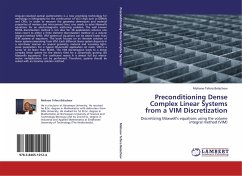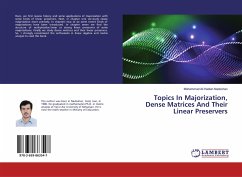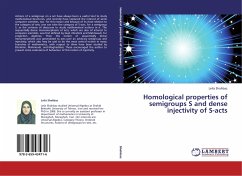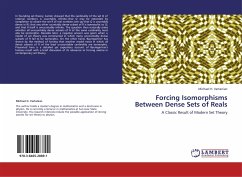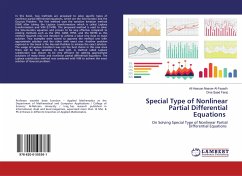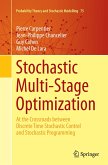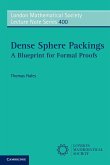Angular-resolved optical scatterometry is a new promising technology for metrology in lithography for the construction of VLSI chips such as DRAMs and CPUs. In order to measure the geometry dimensions and material properties of markers and interconnect lines, one needs to solve Maxwell's equations for an electromagnetic scattering problem. The well known RCWA discretization method is too slow for 3D applications whence one takes resort to either a finite element discretization method or a volume integral method (VIM). VIM systems of equations can be solved faster than FEM systems of equations. This book focuses on an iterative solution of linear systems emanating from VIM. Each different linear system depends in a non-linear manner on several geometry, material and incoming light-wave parameters. For a typical 2D-periodic application on resist, VIM is a factor of 20 faster than RCWA. The VIM discretization leads to a dense complex linear system for the electric field for a 2D-periodic grating (3D Maxwell's equations). The coefficient matrix A is almost full but matrix-vector multiplications can be performed. Therefore; systems should be solved with an iterative solution method.
Bitte wählen Sie Ihr Anliegen aus.
Rechnungen
Retourenschein anfordern
Bestellstatus
Storno

